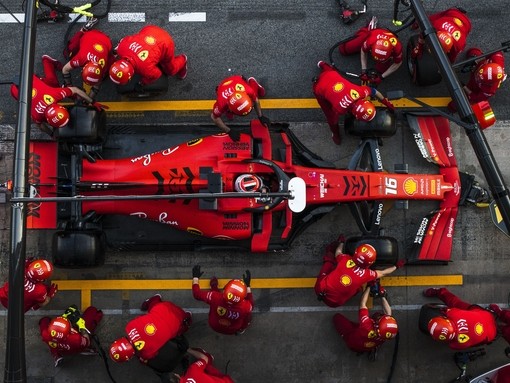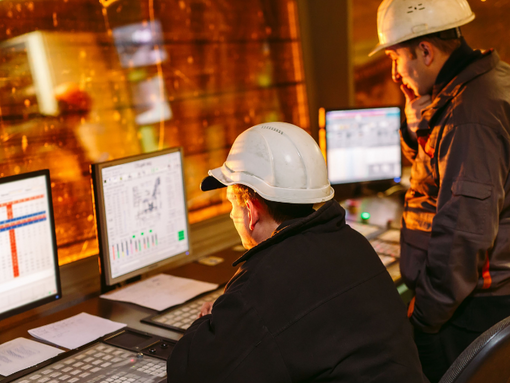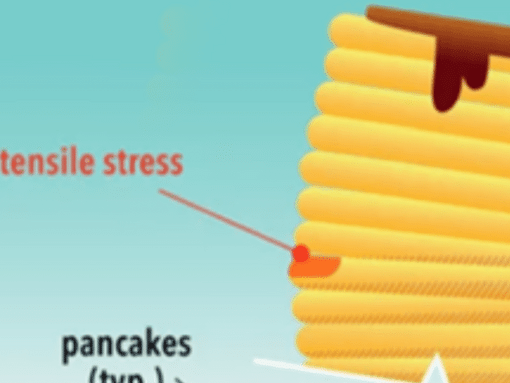
Revolutionising car design: The engineering behind the 2023 Formula 1 cars
Ahead of the 2022 season, Formula 1 underwent its most radical regulation change of all time.
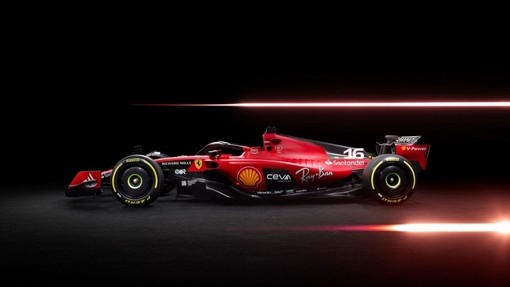
The comprehensive regulation overhaul affected everything from the design of the cars to the budgets that the teams could spend, and these regulations will continue into their second year for the 2023 Formula One World Championship.
The aim was achieving closer wheel-to-wheel battles, close the pack in terms of performance and generally deliver better racing. The changes seem to have worked, with 785 overtakes registered throughout the season, as opposed to 599 in 2021. But with the Red Bull car, designed by aerodynamics genius Adrian Newey, dominating the season with 17 wins out of 22 races as the team ran away with both championships, the engineers in the other 9 teams on the grid will be working overtime to deliver better results for 2023.
We look at the engineering behind the 2023 F1 cars and the unsung heroes behind the design and building of these incredible machines. We also look at what qualifications do you need to become an F1 engineer.
Why did Formula 1 change its car design?
Formula 1 cars have always existed at the absolute cutting edge of engineering design and construction. These technical marvels have made household names of the likes of Ayrton Senna, Michael Schumacher, and Sir Lewis Hamilton, but fundamentally the design and engineering behind these cars has changed dramatically over the history of the sport along with the pace of innovation.
The previous era of F1 (2017-2021) saw the fastest cars ever built, but this record-shattering speed came at a cost. One of the biggest issues with this generation of car was that drivers found them unstable while following a rival. This is due to the phenomenon of ‘dirty air’, the wake turbulence caused by the vehicle in front. Whilst driving in this dirty air 20 metres behind another driver, the cars lost 35% of their downforce. This increased up to a 46% loss at 10 metres. This rapidly diminishing grip made following (and ultimately, racing) more of challenge.
A change was needed to take the spirit of wheel-to-wheel racing into the future.
The engineering behind the 2023 Formula 1 cars
The 2022 set of regulations, originally intended for the 2021 season but delayed due to the coronavirus pandemic, were set to revolutionise car design and potentially level the playing field in the sport.
The broad design for the 2022 and in turn 2023 car was the result of over 7,500 simulations. This yielded half a petabyte worth of data which was studied over several years by teams of the industry’s leading aerodynamic engineers.
Aerospace engineering in F1
The main changes centre around the front and rear wings. The front wing shape is now different, becoming more swept back, influenced by aerospace engineering, with further structural changes as Racecar Engineering explains:
Historically, Formula 1 teams have always maximised the number of elements on the front wing and minimised the number of elements on the rear. For 2022, the aerofoils must take a traditional multi-element configuration – designers must stack them conventionally to make up a multi-element wing design.
A prescriptively shaped rear wing with rolled tips to lift the air upwards and limits surrounding brake duct shaping for downforce creation and the outlawing of bargeboards change a lot of pre-existing car designs, and while the rules continue to be more templated than before, each constructor can still interpret them their own way and innovate accordingly.
The return of ground effect downforce
The new cars also see the return of ground-effect downforce. This involves forcing air through tunnels underneath the car, creating an area of low pressure between the floor and the track. This ‘sucks’ the cars to the floor and can be incredibly powerful, but ground effect downforce was banned from Formula 1 in the early 1980’s. This was because the cars of the time required ‘skirts’ down each side in order for the tunnels under the car to work, and should these break or become damaged, as was often the case, it could result in a catastrophic loss of downforce on high-speed corners, something that was incredibly dangerous to drivers.
The F1 regulators have assured with confidence that the design will dramatically improve downforce in cars when following others. They claim that at a 20-meter distance, the loss of downforce is just 4% in the new cars, and 18% at 10 meters. This will allow chasing cars to stay behind for longer and make the racing better, something we saw a lot more in 2022.
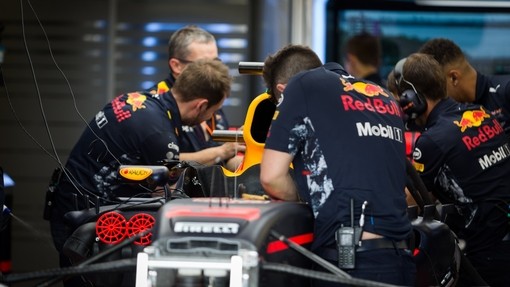
How to become a Formula 1 engineer
If you’re aspiring to become a Formula 1 engineer and work on the 2023 F1 cars into the future, you’ll need a degree in mechanical or automotive engineering, with a thorough knowledge of CAD packages and mechanical, electrical, hydraulic, thermodynamic or pneumatic principles. But even with exceptional results, that doesn’t mean you’ll be on a fast track to the F1 paddock. Just like with driver seats, Formula 1 engineering is an incredibly competitive market, and to work within the pinnacle of motorsport, you’ll need to stand out even more.
If you’re a graduate or undergraduate, consider building your employment opportunities with motorsport-related work experience, either on a placement or volunteering. Once securing experience and a degree, most engineers work in lower motorsport roles, often as data engineers or general engineers in the lower Formula and other single-seater racing categories.
Even then, you aren’t guaranteed to make it into a top team. The leading constructors like Mercedes, Red Bull, Ferrari and McLaren will often have graduate programmes of their own, and cherry pick the brightest and best minds for their teams. If your dream is to work in the paddock environment and travel the world with the crew, you might have to start by working in one of the team’s factories, conducting vital research, developing the title-winning cars of the future, or working on tyre-degradation modelling to influence race strategies.
Transferable skills for F1 engineering
The aviation sector took a hit during the coronavirus pandemic which left many people needing to transfer their skills to other industries.
Given the focus on aerodynamic performance, if you’re an aerospace engineer, you might find you have transferable skills that would make you an excellent addition to an F1 paddock or the research and development side of motor racing. Along with a comprehensive knowledge of aerodynamics, thermal dynamics and design modelling, some soft skills that are easily transferable between the aviation sector, F1 and motorsport in general are:
- Prioritisation and adaptability
- People skills
- Problem solving
- Analytical thinking
- Knowledge and application of technology
Our automotive recruitment experts have a wealth of experience and knowledge. With the freedom to think differently, our diverse team works in partnership with organisations and candidates, harnessing the latest technology to build teams and source niche skill sets. Find out more here


